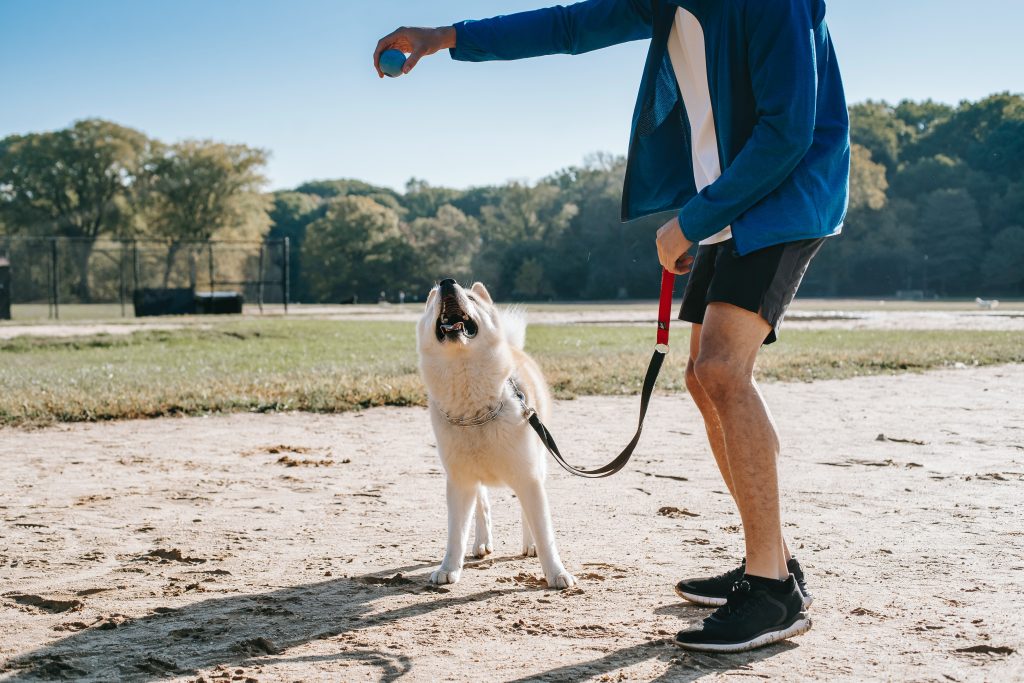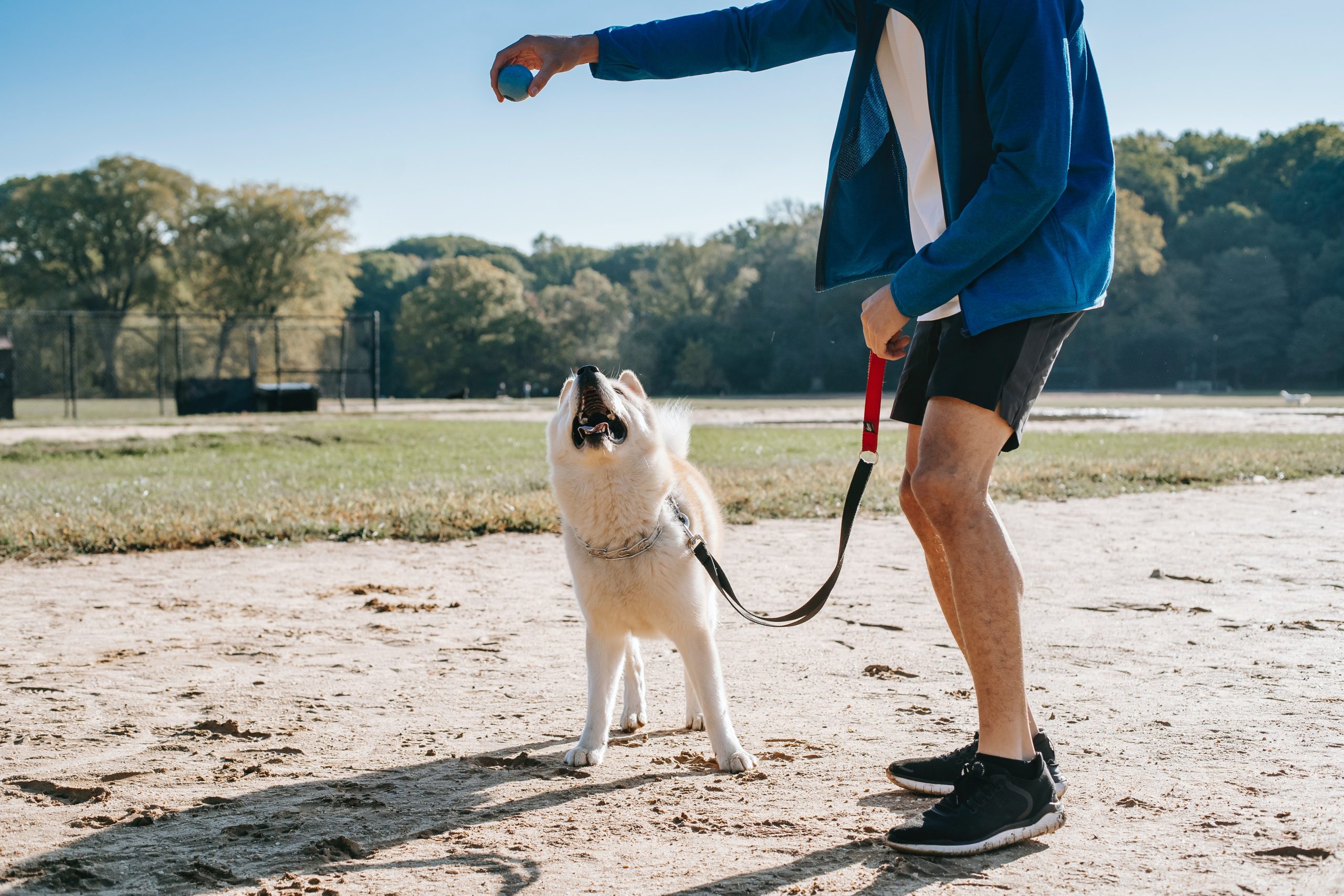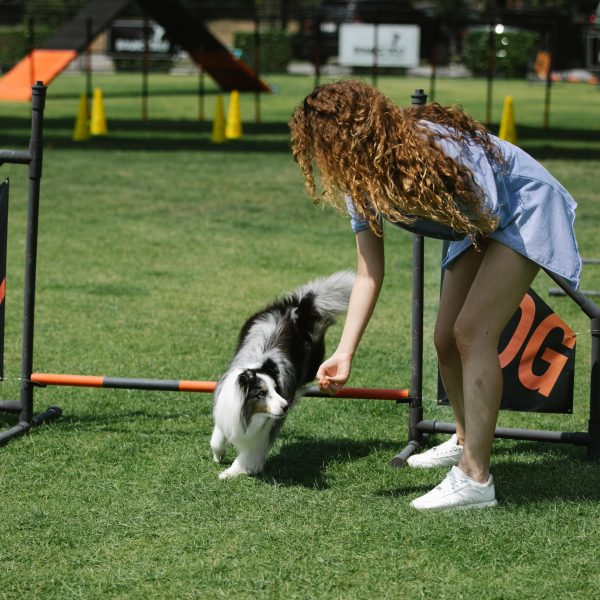Dogs, often referred to as our loyal companions, have shared a remarkable bond with humans for centuries. This enduring friendship is fortified through effective training, which not only ensures a well-behaved canine companion but also nurtures a deeper connection between the dog and its owner. Basic dog training forms the cornerstone of harmonious living by promoting good behavior, effective communication, and mutual trust.
Recognizing the Significance of Basic Dog Training
Basic dog training extends beyond teaching tricks; it focuses on instilling behaviors that empower dogs to navigate the human world while fostering safety and positive interactions. Dogs possess their instincts and behaviors, and effective training aids in molding these instincts into behaviors that align with human expectations.
Key Behaviors in Basic Dog Training
1. Sit: Teaching a dog to sit is one of the fundamental commands. This command aids in controlling the dog in various situations, such as meeting people or other dogs, waiting for meals, and during walks.
2. Stay: The “stay” command teaches a dog to maintain a position until given permission to move. This command is vital for ensuring your dog’s safety in potentially hazardous situations.
3. Come (Recall): The “come” command, also known as recall, is crucial for a dog’s safety. It teaches the dog to return to its owner when called, even in the presence of distractions.
4. Down: The “down” command instructs a dog to lie down on command. This proves invaluable in managing a dog’s excitement and energy levels, particularly in situations where jumping on people or furniture is inappropriate.
5. Leave It/Drop It: Commands like “leave it” or “drop it” train dogs to release objects from their mouths, preventing them from swallowing harmful substances or items.
Different Training Techniques
1. Positive Reinforcement: This approach involves rewarding desired behaviors with treats, praise, or toys. Dogs quickly learn that certain behaviors lead to positive outcomes, motivating them to repeat those actions.
2. Clicker Training: Clicker training employs a distinct sound to mark desired behavior, followed by a reward. This method helps dogs understand precisely when they are being rewarded for their actions.
3. Luring: Luring entails using treats or toys to guide the dog into the desired position. For instance, holding a treat above a dog’s head can prompt them to sit.
4. Capturing: Capturing involves rewarding a dog for naturally displaying desired behaviors. For example, if a dog naturally sits down, the owner can reinforce this behavior by rewarding it.
5. Shaping: Shaping involves rewarding behaviors that progressively align with the desired end behavior. This technique is commonly used for teaching tricks or complex behaviors.
Consistency and Patience
Consistency plays a pivotal role in dog training. Dogs thrive when communication is clear and predictable. Maintaining uniformity in commands, rewards, and expectations is essential to avoid confusion. Moreover, patience is key when training a dog, as each dog learns at its own pace. Frustration can impede progress.
Socialization and Exposure
Socializing a dog is integral to their training. Positive introductions to people, dogs, environments, and stimuli help dogs become well-adjusted and less fearful. A socialized dog is more likely to exhibit appropriate behavior in various situations.
Managing Undesirable Behavior
While focusing on encouraging desirable behaviors is crucial, addressing undesirable ones is equally important. Utilizing punishment or negative reinforcement can erode trust between a dog and its owner, potentially resulting in fear-based behavior. Instead, redirecting attention, teaching alternative behaviors, and understanding the root cause of the behavior can yield more effective results.
The Importance of Positive Interaction
Training sessions should encompass more than just giving commands and rewards; they should also serve as opportunities to cultivate connections and strengthen the bond between you and your dog. Engaging in play, offering praise, and displaying affection during and after training sessions contribute to building a strong connection between you and your furry companion.
Conclusion
Fundamental dog training lays the groundwork for a harmonious relationship between humans and dogs. It is a process that demands patience, consistency, and mutual understanding. By utilizing reinforcement, effective communication, and focusing on key behaviors, dogs can evolve into well-behaved companions who bring joy to our lives and enhance our homes. Remember, each training session is not only a chance to teach your dog but also an opportunity to reinforce the special bond that exists between you and your four-legged friend.








